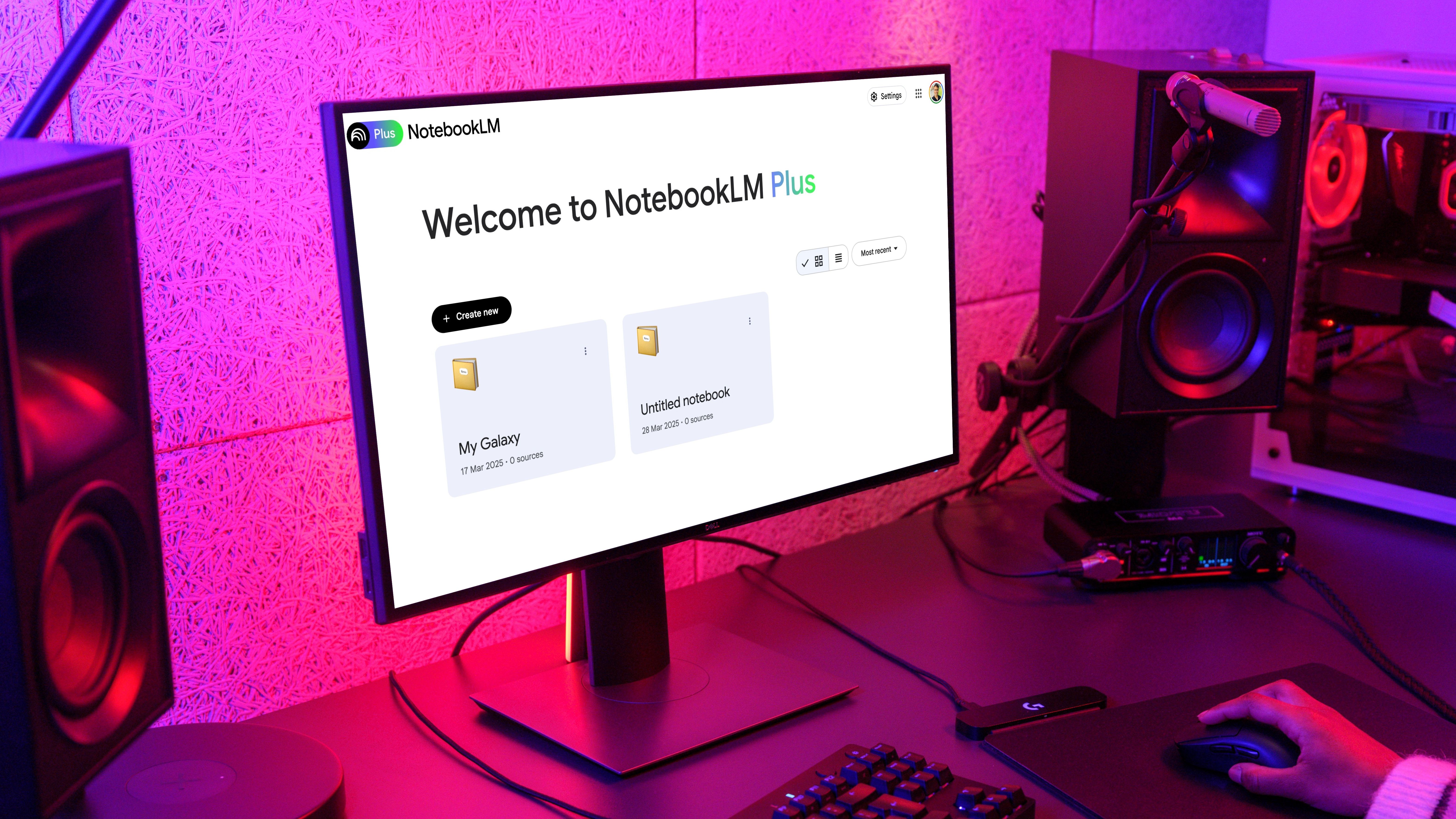ZDNET's key takeaways
- Linux has several high-quality video editors.
- You'll find some pro-level and some built for consumers.
- The best-in-class goes to DaVinci Resolve.
I've been filming and editing videos for a long time. When I first started, I worked with software that was user-friendly but incapable of producing professional-level videos. Slowly, I climbed the ladder. Now I feel like the tools I have are worthy of being taken seriously.
That's not to say those apps I used early on aren't viable options, but it does depend on the results you want to achieve, your target audience, and how/where you plan on distributing/submitting your work.
Whether you're just starting with video edits or have been around that particular block a few times, there are some quality editors available for the Linux operating system. Here are my top four.
1. DaVinci Resolve
DaVinci Resolve (by Black Magic) is my go-to editor these days. Yes, it has a steep learning curve (and a lot of features), but it's worth every second you put into it. I've been using Resolve for a couple of years, and every time I use it, I find something new to love. One of the best things about Resolve is its color grading tools (which are incredible). Outside of Adobe Premiere, you won't find a better tool for getting just the right color for your videos. And with the latest releases, those tools are even smarter and easier to use.
Also: 5 new features in DaVinci Resolve 19 that make my favorite video editor even better
But, as I said, there is a steep learning curve with this software. If you really want to get the most out of DaVinci Resolve, you have to take the time to learn things like a node-based workflow and have a solid understanding of how color works in film. The good news is that Resolve does have built-in support for a large number of cameras. The caveat is that the majority of cameras included are cinema-quality and not consumer-grade. With DaVinci Resolve, you can get artistic with your color grading or simply make it look as real as possible.
DaVinci Resolve has both a free version and a paid Studio version ($295), which adds tons of extra features (such as AI, temporal and spatial noise reduction, text-based editing, Magic Mask, multi-GPU support, and more).
2. Lightworks
Lightworks video editor lives in that space between consumer and professional. Lightworks has a timeline editor that can handle video clips of all sizes, frame rates, and qualities. This editor isn't nearly as difficult to learn as Resolve, but it can still produce stunning work. You'll get background rendering and exporting, so you can continue to work as the editor does its thing.
Lightworks also supports proxy files, which can make a big difference in how well it performs (without lowering the quality of output). Although Lightworks doesn't have the in-depth color grading tools found in Resolve, it's still very capable. You can add visual effects to your clips and greatly improve the sound of your videos (which is always an important feature for any video editor). Lightworks has a free version that is stripped of many advanced features and is usually considered a means to try out the editor.
There are two paid versions: Create ($14/month), which includes more advanced features, and Pro ($28/month), which includes a comprehensive set of features to get the most out of your edits. You can view the full feature list for each version on the Lightworks price matrix.
3. Kdenlive
Now we start getting into the editors that aren't considered pro-level, but can still get the job done. One of the more popular Linux video editors is Kdenlive (KDE Non Linear Video Editor). One of the best qualities of Kdenlive is how few system resources it uses (even when rendering). Unlike the pro tools above, you'll hardly notice when this app is rendering a video for you.
Also: My top 2 productivity hacks for video editing that save me time - and wrist pain
You might think, because Kdenlive is open-source, that the UI would be less than professional-looking, but you'd be wrong. The Kdenlive UI is quite slick and user-friendly. As far as features are concerned, you won't find the incredible color grading tools found in Resolve, but you do get some impressive effects. While Kdenlive might not be an editor that is up to TV or film, it is a great option for those wanting to create YouTube videos, promo videos for your business, or videos to share with family and friends. Kdenlive is free to install on most Linux distributions.
4. Flowblade
Flowblade was created for fast, precise, and robust video editing. It offers basic editing tools (finally adding a cut tool in version 2.0). As well, you can drag and drop a clip anywhere in your timeline. You do get nine video and audio tracks, so you can create some fairly complicated work, and you also get six different compositors (such as mix, zoom, move, and rotate). It also features keyframe animation, 19 blends, and over 40 pattern wipes. There are plenty of filters to add to your clips, support for most image formats, and videos can be rendered in the most common types.
Also: My 9 must-have gadgets for creating quality YouTube videos
If you need to do serious color work, Flowblade isn't your answer. To create seamless work in Flowblade, you'll want to ensure the color on your original clips is solid; otherwise, you could run into problems. Flowblade is free to install, but the only binary installer is for Debian/Ubuntu; otherwise, you have to install from source.
Get the morning's top stories in your inbox each day with our Tech Today newsletter.
.png)
 3 hours ago
1
3 hours ago
1












 English (US) ·
English (US) ·